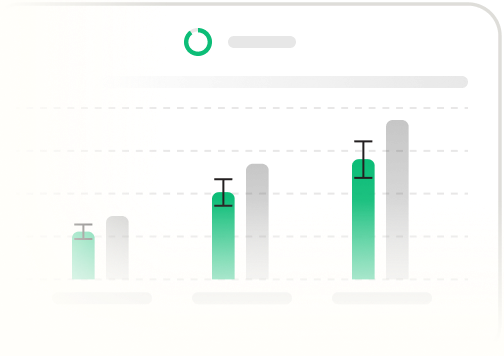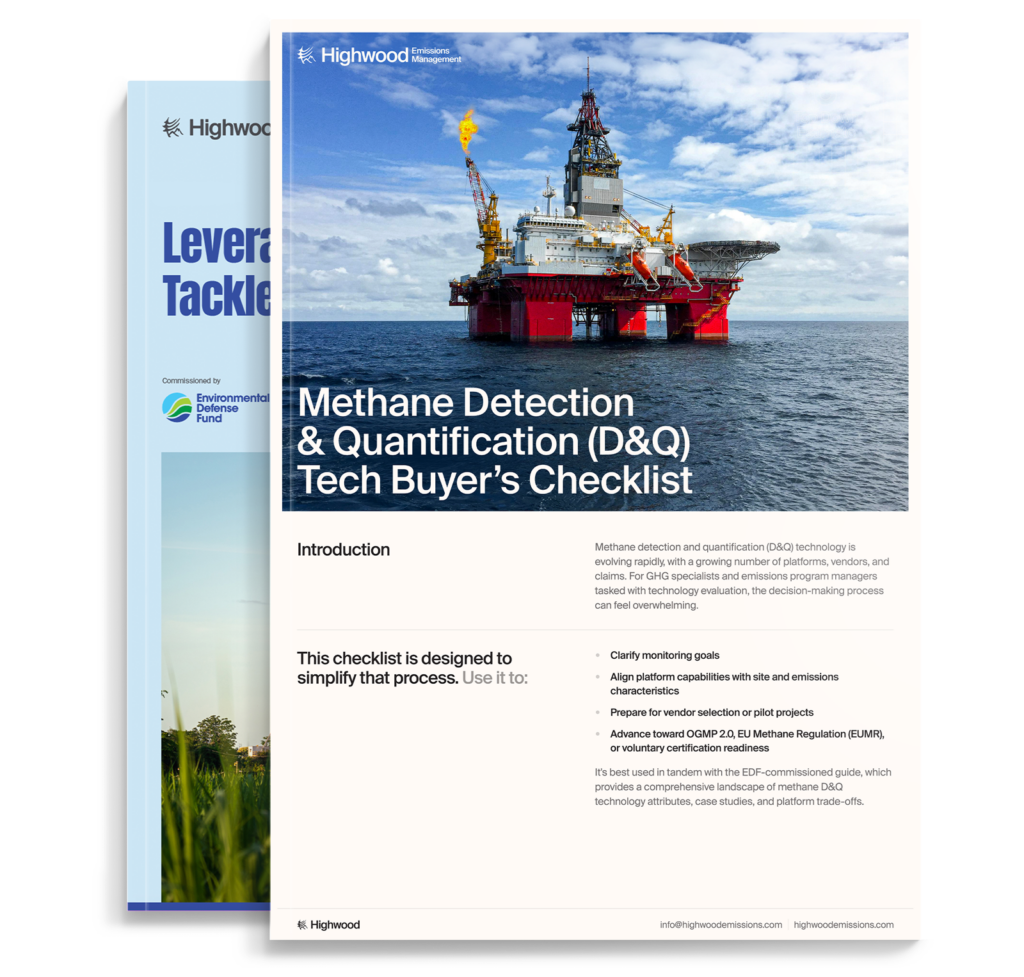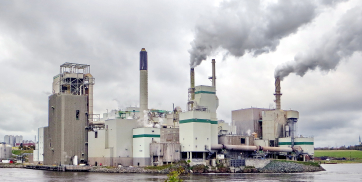- Operations / Asset Management
Stay compliant without slowing down operations
Simplify emissions measurement, reduce reporting friction, and stay audit-ready — without burdening your field teams or disrupting production.
- Operations / Asset Management
Stay compliant without slowing down operations
Simplify emissions measurement, reduce reporting friction, and stay audit-ready — without burdening your field teams or disrupting production.
- What you’re up against
Your methane compliance challenge isn’t theoretical — it’s operational.
How Highwood helps
ops / asset management leaders

Platform
Automates field data aggregation, standardizes workflows, and scales across all assets.

Consulting
Field-tested guidance to operationalize compliance frameworks like OGMP 2.0 or MiQ.

Education
Training for field teams and ops managers to understand reporting expectations without jargon.
What you gain
Audit-ready reporting
Generate consistent, defensible emissions inventories — fast.
Operational simplicity
Deploy workflows that integrate into daily field routines.
Fewer manual steps
Eliminate spreadsheet chaos and reduce risk of human error.
Cross-team alignment
Collaborate effectively with ESG and compliance — without friction.
Faster leak response
Identify methane events faster and take targeted action.

- Executive Snapshot
"Keep your assets compliant, your teams focused, and your board off your back."
VP Operations, Independent Producer
- OGMP Level 5 Achieved
- Frequently asked questions
Navigating methane compliance without derailing field operations
How do I meet OGMP 2.0 Level 4 or 5 requirements without disrupting daily field operations?
Compliance at these levels demands site-level quantification and source-level attribution — which can be operationally intense. The key is adopting tech and workflows that slot into existing routines with minimal overhead.
What are best practices for operationalizing EUMR methane measurement rules across diverse assets?
Consistency is critical. Successful operators use centralized protocols with localized flexibility, backed by automated data handling and standardized reporting templates.
What’s the most field-friendly way to reconcile top-down and bottom-up methane measurements?
Use integrated analytics platforms that support uncertainty analysis, timestamp alignment, and equipment-level cross-checks — all in one place.
What technologies are best for intermittent emissions detection in cold, remote, or harsh environments?
Drone-based OGI, satellite-aided verification, and ruggedized continuous monitors each have pros/cons. Cold-weather tolerance, battery life, and maintenance needs matter more than just spec sheets.
How do I avoid overloading field teams with new methane compliance tasks?
The most resilient strategies minimize manual entry, offer mobile-compatible tools, and reuse existing field data — reducing burden and training requirements.
How should I prioritize between handheld, drone, and continuous monitoring systems?
Consider leak duration, detection frequency needs, and asset criticality. Many operators deploy a hybrid model aligned to site risk tiers.
What are common pitfalls in rolling out OGMP 2.0-compliant workflows at scale?
Lack of crew buy-in, poor data traceability, and spreadsheet sprawl. Successful programs pilot first, train second, and scale in phases.
How can I prepare audit-ready records without drowning in data management?
Invest early in structured workflows that tag, timestamp, and validate methane data automatically. Build defensibility into the process, not just the report.
What causes discrepancies between field-level readings and corporate inventories?
Source attribution errors, sensor gaps, and time mismatches are common. Site-level reconciliation needs standardized assumptions and active QA/QC.
How do I know if methane compliance investments are paying off operationally?
Watch for reduced leak response time, fewer re-surveys, improved audit outcomes, and smoother cross-team collaboration — those are your ROI signals.


- Methane guide
Download your tech buyer’s checklist
Not sure how to evaluate the right technology stack for your sites?
This practical checklist — designed to complement the Industry Guide — helps GHG leaders and emissions managers define goals, assess constraints, and prepare for smart vendor conversations.
Includes prompts to help clarify:
- Measurement goals (OGMP, EUMR, voluntary)
- Emission source complexity & data needs
- Platform tradeoffs and vendor readiness
- Budget, accuracy, and regulatory exposure
Used by clients at all stages of the measurement journey, from early exploration to Level 5 reporting.

Your download includes a bonus report:
Leveraging Technology to Tackle Methane Emissions
- Get started


